NanoKnife Focal Therapy for Prostate Cancer
NanoKnife Focal Therapy is an FDA-approved, minimally invasive treatment option for prostate cancer. Dr. David Jiang, a board-certified urologist and cancer surgeon with The Oregon Clinic Urology, performs NanoKnife Focal Therapy as an outpatient prostate cancer treatment.
What is NanoKnife?
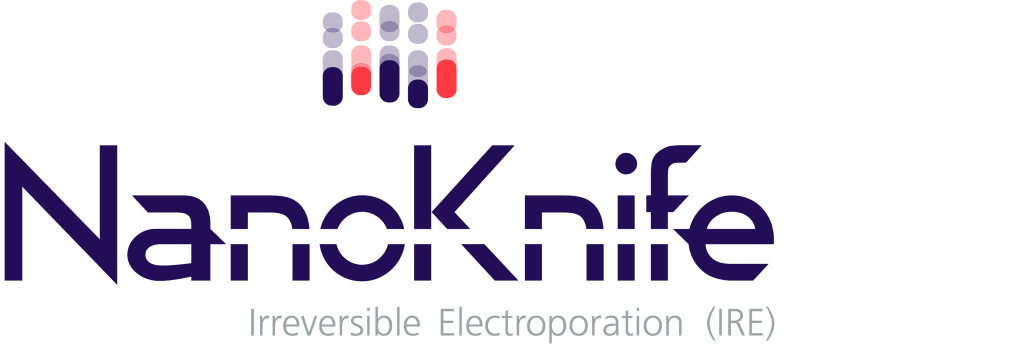
NanoKnife Focal Therapy is an innovative procedure that uses electrical pulses to target and eliminate cancer cells through ablation.(1)
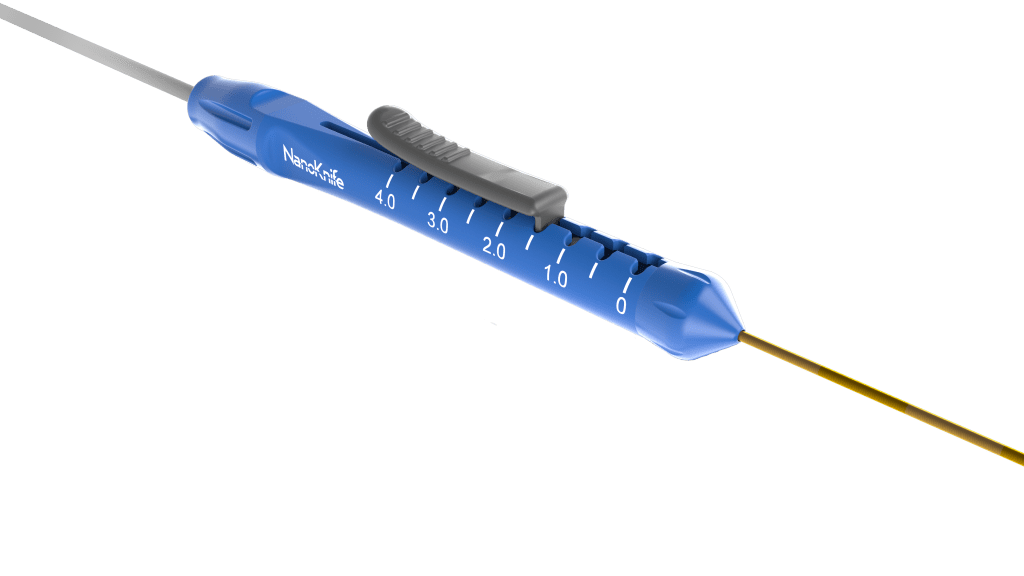
Unlike treatments that use extreme heat or cold(2), NanoKnife works through a different approach that may help reduce side effects and preserve quality of life for many patients.
How NanoKnife Focal Therapy Works
NanoKnife Focal Therapy is a localized treatment that works through a technology called Irreversible Electroporation (IRE). Here’s what happens during the procedure:
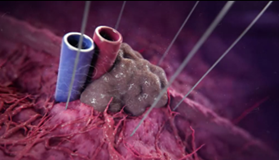
Your doctor places small needles around the cancerous area of the prostate using ultrasound guidance for precise positioning.
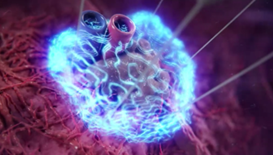
These needles deliver short, controlled bursts of electrical energy that create tiny holes (called pores) in cancer cell membranes.(3)
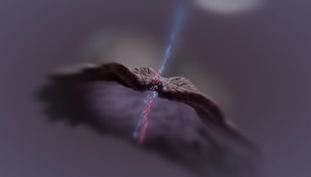
The holes disrupt the cancer cells’ ability to function, causing them to die naturally over time.(4)
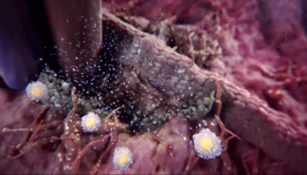
The body then removes the damaged cells through its normal healing processes.
NanoKnife Focal Therapy in action
Watch a brief video about how NanoKnife Focal Therapy works.
Frequently Asked Questions
NanoKnife may be suitable for patients who:
- Have localized prostate cancer (cancer that hasn’t spread beyond the prostate)
- Want to avoid or delay more aggressive treatments
- Are looking for treatment options with potentially fewer side effects
- Have already had radiation therapy and experienced a recurrence
NanoKnife is a minimally invasive procedure performed as an outpatient procedure at The Oregon Clinic Urology. Because of this, it may have fewer side effects compared to traditional treatments and typically has a shorter recovery time compared to surgery.
NanoKnife generally has fewer side effects than traditional treatments, however, some patients may experience:
- Temporary urinary difficulties
- Mild discomfort in the treatment area
- Short-term swelling
After a NanoKnife treatment, most patients will be able to return to normal activities within a few days to a week. Your doctor will provide specific guidelines based on your situation.
Coverage for NanoKnife varies by insurance provider and location. It’s important to check with your insurance company and discuss coverage options with your healthcare provider.
Studies show promising results. As with any cancer treatment, success rates vary depending on factors like:
- Cancer stage and grade
- Location of the cancer
- Overall health of the patient
- Previous treatments received
After your treatment, your care team will monitor your recovery closely and you will go home with a urinary Foley catheter for a few days.
Yes. One advantage of NanoKnife is that it can be repeated if needed. It also doesn’t rule out other cancer treatment options in the future.
References
1. National Cancer Institute. Local Therapy. NCI Dictionaires. April 2021. https://www.cancer.gov/publications/dictionaries/cancer-terms/def/local-therapy
2. Maor E. et al., The effect of irreversible electroporation on blood vessels, Technol. Cancer Res. Treat. (2007);6(4):307–312. doi:10.1177/153303460700600407
3. Al-Sakere B, André F, Bernat C, Connault E, Opolon P, Davalos RV, Rubinsky B, Mir LM. Tumor ablation with irreversible electroporation. PLoS One. 2007 Nov 7;2(11):e1135. doi: 10.1371/journal.pone.0001135. PMID: 17989772; PMCID: PMC2065844.
4. Bower M, Sherwood L, Li Y, Martin R. Irreversible electroporation of the pancreas: definitive local therapy without systemic effects. J Surg Oncol. 2011 Jul 1;104(1):22-8. doi: 10.1002/jso.21899. Epub 2011 Feb 28. PMID: 21360714.